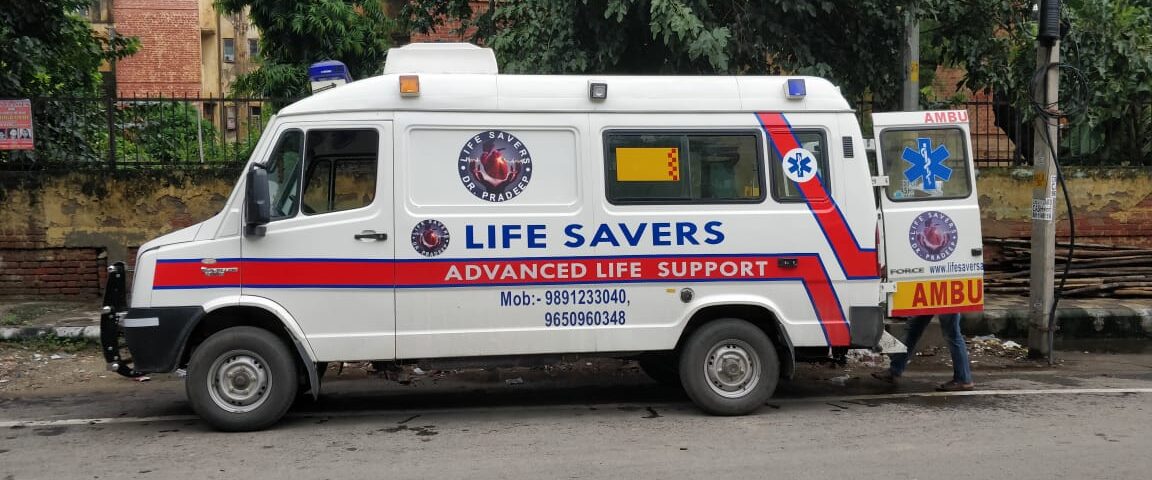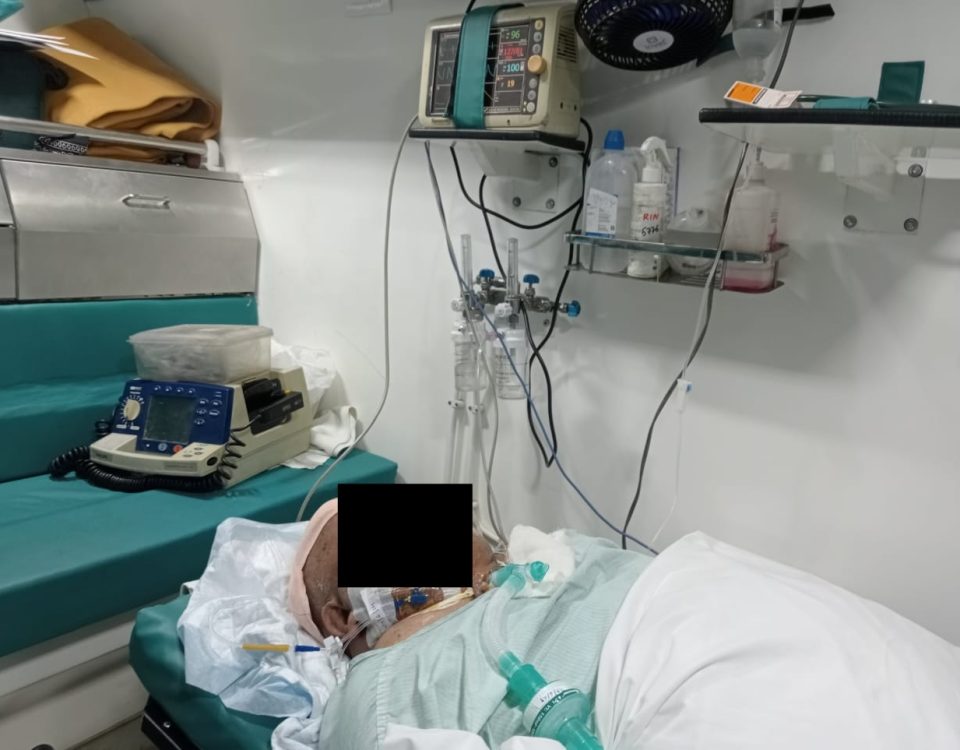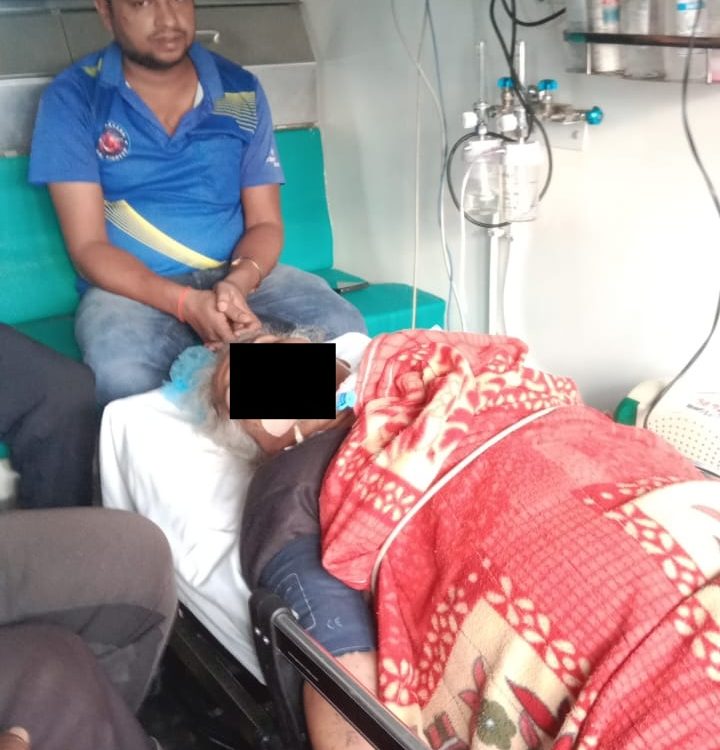A Sneak Peek into the Life Saving Ventilator Ambulance: People & Equipment that make them work!

When you or your loved one is facing a life-threatening medical situation, the first thing that hits your mind is calling a Life Saving Ventilator Ambulance. Once the medical vehicle reaches your home, you feel a sense of relief and hope. Have you ever thought what makes an ambulance an instrument for saving lives? In some cases, a patient who is on the edge of losing his life is stabilized in a moment by the paramedic.
Today we are going to shed light on the key components that serve the immediate needs of patients and keep them alive at the time it seems impossible.
Paramedics – When a person is facing a medical issue beyond the understanding of a common man, no one can handle the situation better than a paramedic. Trained to make the right decisions during time-sensitive instances, these healthcare professionals are equipped with the knowledge and skills needed for dealing with a wide range of health risks. They have to undertake a diploma or certification before applying for the job. Most often paramedics are helped by a technician at work. Their quick actions and assessment of the patients save the precious time which might go waste in their absence.
Valve Mask – Also called Ambu mask, the equipment supplies oxygen to the mouth and nose of the patients. It is held tightly around their face and is connected to the oxygen cylinder via a pipe. Due to better movability, the valve mask is of great use when a patient needs an urgent supply of oxygen and can’t change their body position.
Suction Unit – If any kind of fluid such as mucus, water or chemical is stopping the air from reaching your lungs, it needs to be removed from your system to let the air in. A suction unit exacts the substances blocking your airways by bringing them up to your throat. With the blockage filtered, the patient can easily breathe. It is commonly used on asthmatic patients.
Stretcher / Spinal Board – A patient who has gone through a horrific road accident or is suffering severe injuries is often unable to move. Fracture in bones might require him/her to stay in the same position. Placing them on a stretcher ensures they are safety carried to the ambulance. For spinal injuries, ambulances carry the patient on a spinal board. The absence of pads on the trauma board keeps the backbone of the patient straight. When a patient has to be transferred directly to the hospital ward from the vehicle, a wheeled cot works the best.
Ventilator – One of the most important equipment present in an ICU ambulance, it offers advanced life support. In the critical state, the breathing of the patient is disturbed. Either they are breathing too slow or their lungs have completely stopped functioning. Whatever the case, a ventilator is of great help here. It forces air into the respiratory system making the patient breathe properly. A paramedic will adjust the rate of its functioning to normalize the breathing of the person being administered oxygen. An oxygen tank is connected to the ventilator to meet the continuous needs of the patient.
Artificial Cardiac Pacemaker – An extremely low heart rate can be brought to normal with the aid of this equipment. It uses electrical signals to increase the pace at which your heart functions. Thin wire-like ends along with two pads are implanted on the skin of the patients to let the pacemaker do its job. People suffering from bradycardia are susceptible to lowering heart rate.
Nebulizer – Any form of liquid medication can become accessible to your body faster with the Nebulizer. This equipment turns the fluids into a mist that you inhale via a mouthpiece or mask, helping it to circulate in your bloodstream quickly. If a patient is in a condition that he or she can’t orally consume a medicine, a nebulizer serves as an effective alternative.
Any health professional treating a patient who is critically ill in an ambulance needs all the hands he can possibly get. The set of equipment mentioned above ensures they perform their best and take the right course of action during the ride. For aiding them in taking time-bound decisions, other smaller devices like home glucometer, cervical collars, and pulse oximeter are also kept inside the ambulances.



